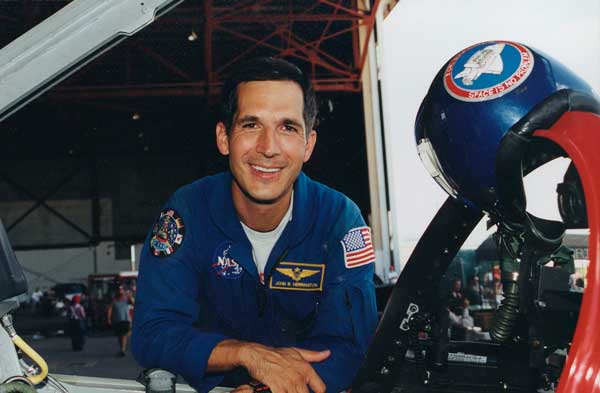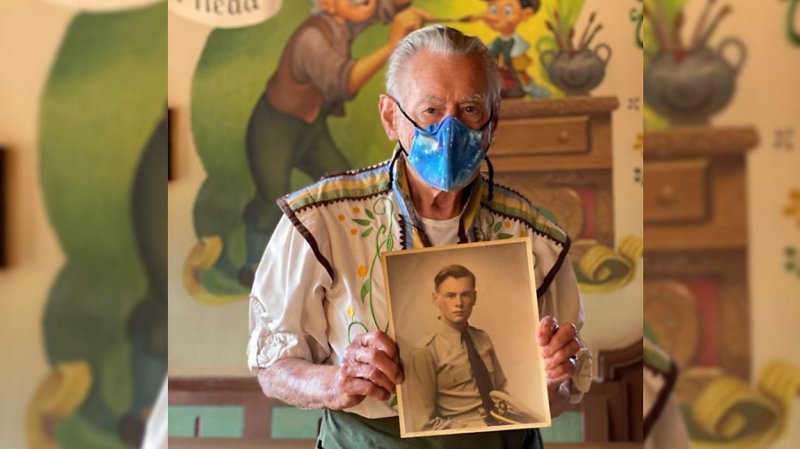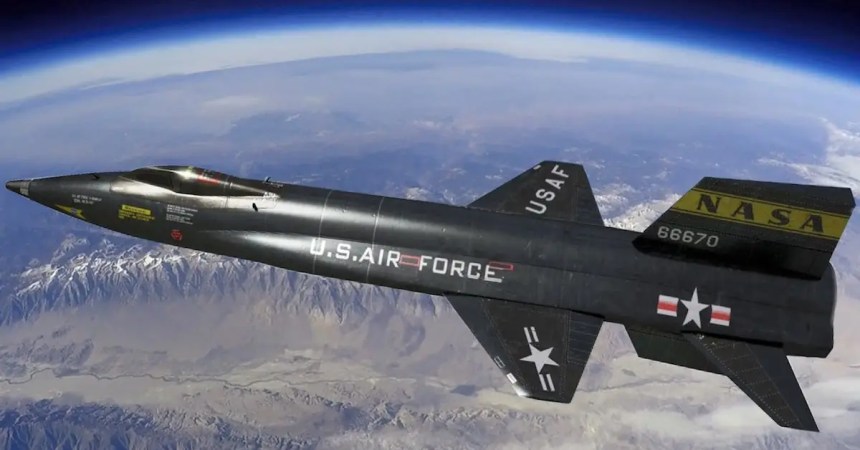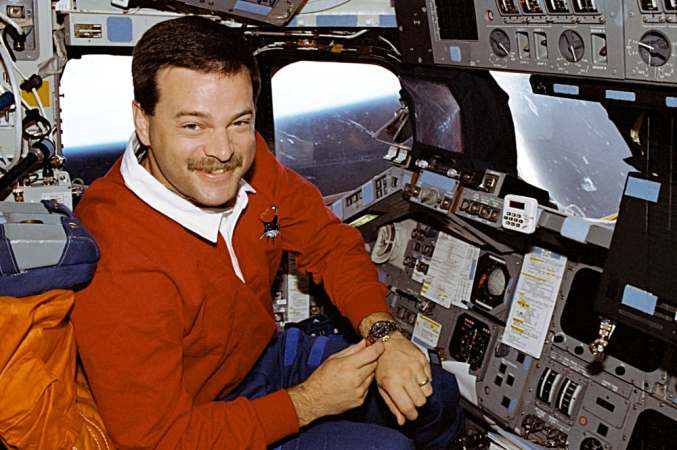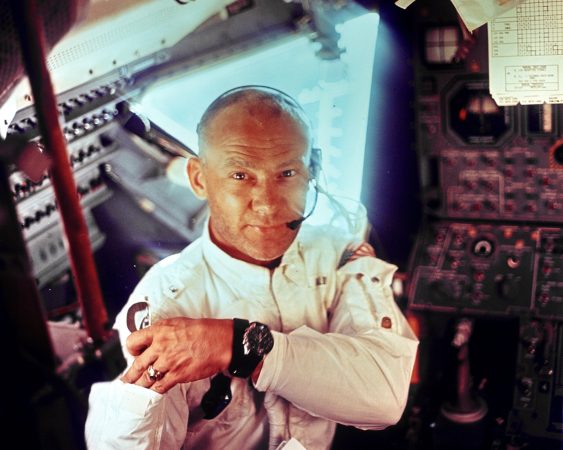John Bennett Herrington was born on September 14, 1958 in Wetumka, Oklahoma, into the Chickasaw Nation. As a child, he moved to Colorado, Wyoming, and eventually Texas where he graduated high school. Herrington studied applied mathematics at the University of Colorado, Colorado Springs, a degree that would serve him well in his career as a Naval Aviator and NASA astronaut.
In March 1984, Herrington earned a commission in the U.S. Navy through the Aviation Officer Candidate School at Naval Air Station Pensacola, Florida. He proceeded to flight training and was designated a Naval Aviator in March 1985. Herrington reported to Patrol Squadron Thrity-One (VP-31) at Moffett Field Naval Air Station, Mountain View, California, for training in the P-3C Orion maritime patrol aircraft.
The first of Herrington’s operational assignments was with VP-48 where he made three operational deployments; two to Alaska and one to the Philippines. During his time with VP-48, Herrington was designated a Patrol Plane Commander, Mission Commander and Patrol Plane Instructor Pilot.

After his first operational tour, Herrington returned to VP-31 as a Fleet Replacement Squadron Instructor Pilot. While assigned to VP-31, he was selected to attend the United States Naval Test Pilot School at Naval Air Station Patuxent River, Maryland, in January 1990. Herrington graduated in December of that year and reported to the Force Warfare Aircraft Test Directorate as a test pilot.
During his time as a test pilot, Herrington evaluated the Joint Primary Aircraft Training System, multiple variants of the P-3 Orion, the T-34C Turbomentor and the de Havilland Canada Dash 7. His exceptional performance led to his selection as an Aeronautical Engineering Duty Officer and Herrington reported to the Naval Postgraduate School. He earned a Master of Science degree in aeronautical engineering in June 1995.

In April 1996, Herrington was selected by NASA for the astronaut program. He reported to the Lydon B. Johnson Space Center in August to begin his training. After two years of training and evaluation, Herrington qualified as a mission specialist. His first assignment was to the Flight Support Branch of the Astronaut Office where he served as a member of the Astronaut Support Personnel team responsible for Shuttle launch preparations and post-landing operations.
Herrington was selected as a Mission Specialist for STS-113, the 16th Space Shuttle mission to the International Space Station. Prior to his 13-day space flight, Herrington was presented with the flag of the Chickasaw Nation by Chickasaw Nation Governor Bill Anoatubby. Herrington proudly carried the flag with him, along with personal traditional Chickasaw items, into space to honor his Native American heritage.

On November 23, 2003, Endeavour launched from Kennedy Space Center. The mission successfully delivered a P1 Truss segment for the ISS and exchanged the Expedition 5 crew for the Expedition 6 crew before safely returning to Earth on December 7. Over the course of the mission, Herrington performed three spacewalks totaling 19 hours and 55 minutes. His historic achievement is commemorated on the reverse of the 2019 Sacagawea dollar coin.
In July 2004, Herrington served as the commander of the NEEMO 6 mission aboard the Aquarius Underwater Laboratory. During this mission, he lived and worked underwater for 10 days. In July 2005, he retired from the Navy and NASA. He logged over 3,800 flight hours in over 30 different types of aircraft as well as 13 days, 18 hours and 47 minutes in space.

Herrington was inducted into the Chickasaw Hall of Fame for his historic space flight in 2002. In 2017, he was also inducted into the International Air & Space Hall of Fame. The next year, Herrington was one of the inductees in the first induction ceremony held by the National Native American Hall of Fame. He continues to speak across the country on the topics of STEM, space and aviation and the Chickasaw Nation.


